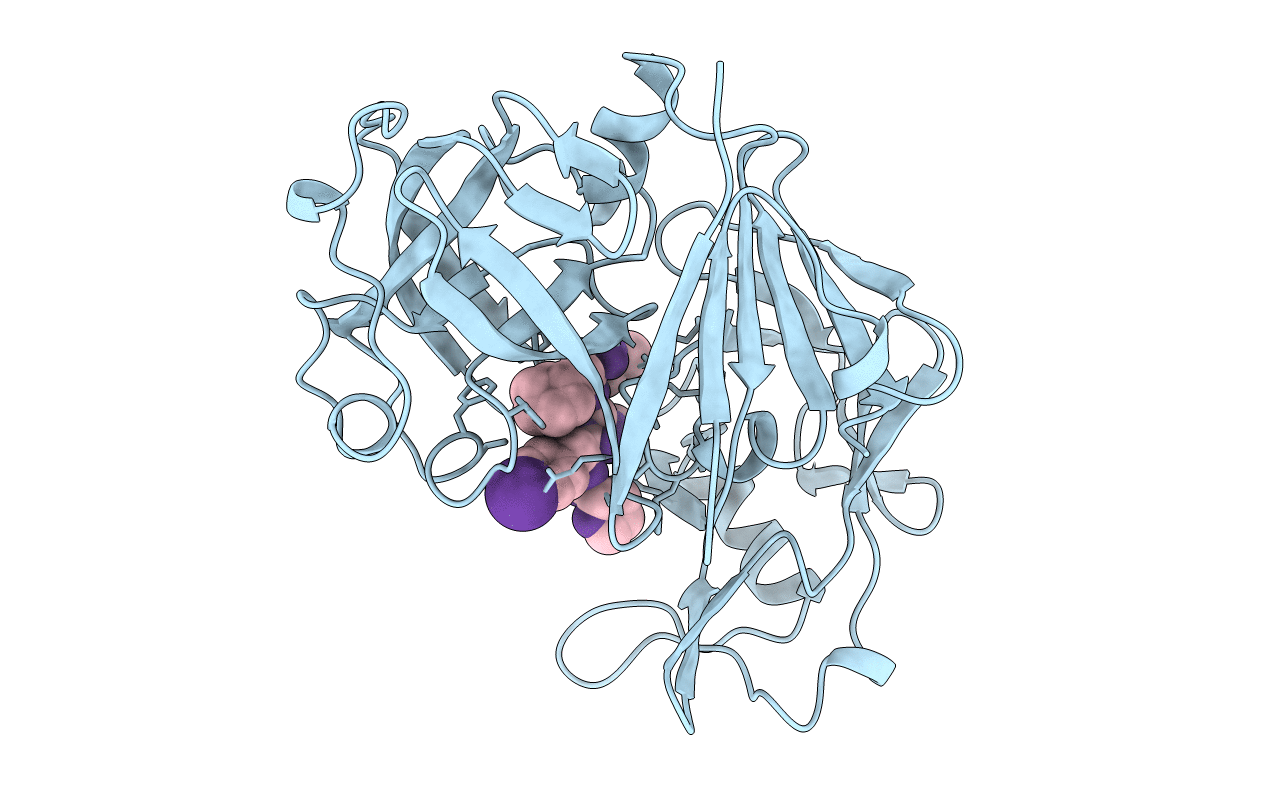
Deposition Date
1997-01-15
Release Date
1997-04-01
Last Version Date
2023-11-15
Entry Detail
PDB ID:
1CZI
Keywords:
Title:
CHYMOSIN COMPLEX WITH THE INHIBITOR CP-113972
Biological Source:
Source Organism:
Bos taurus (Taxon ID: 9913)
Host Organism:
Method Details:


